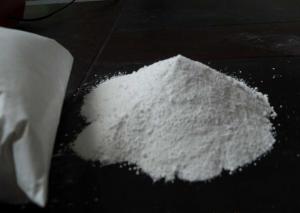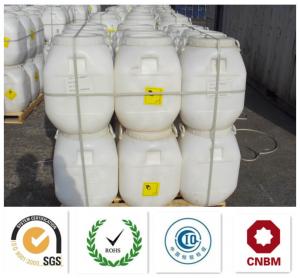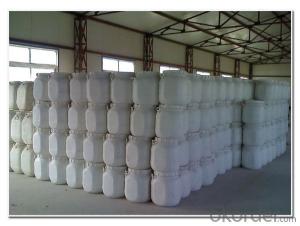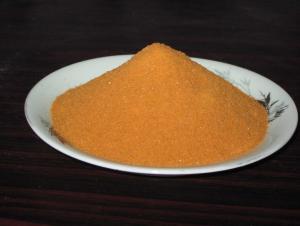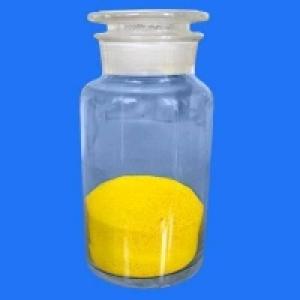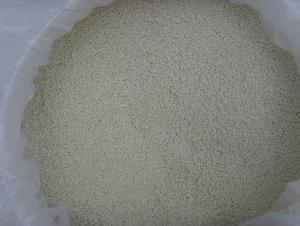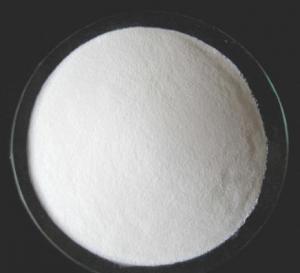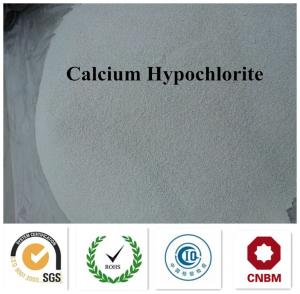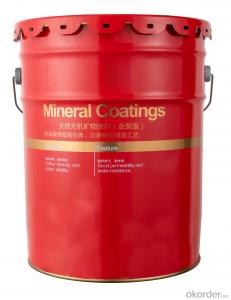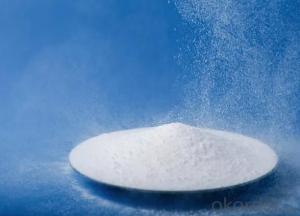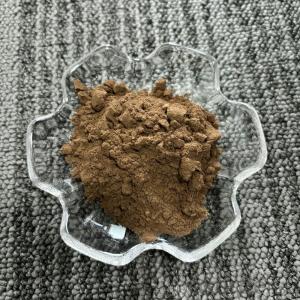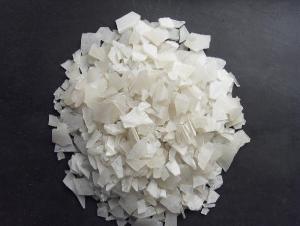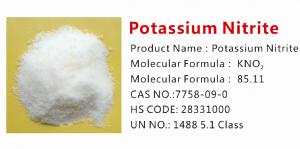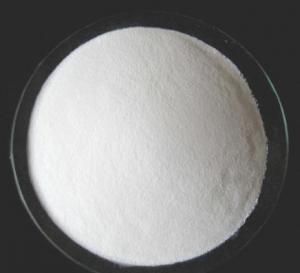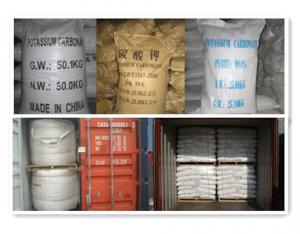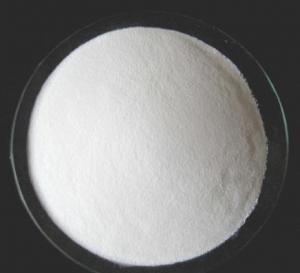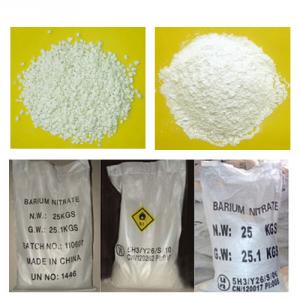Pine Oil with High Quality and Best Offer and Fast Delivery
- Loading Port:
- Shanghai
- Payment Terms:
- TT or LC
- Min Order Qty:
- 17.6
- Supply Capability:
- 3000 m.t./month
OKorder Service Pledge
OKorder Financial Service
You Might Also Like
1. Structure of Pine Oil Description:
CAS NO.: 8002-09-3
MF: C10H17OH
PURITY:
Purity: 45% 50% 70% 80%
Packing&Delievery: 170kg/iron drum (Capacity of per 20'FCL: 80 drums,totally 13.6mt per container)
All year Delievery
2. Main Features of Pine Oil:
The pine oil is widely used in the flotation of various metallic and non-metallic minerals. It is mainly used in the flotation of various sulfide ores,such as lead,copper,zinc,and iron sulfide,and non-sulfide minerals. It exhibits some collecting properties,especially for readily floatable minerals such as talc,graphite,sulphur,molybdenite and coal etc.The froth produced by pine oil is more persistent than that produced by other frothers.As a good foaming agent of non-ferrous metals,has been widely used both at home and abroad,with low foam,high concentrate grade,strong adaptability,fine and dense foam and the foaming speed and defoaming speed is fast,easy operation,no impact on subsequent flotation and is appropriate the separation of polymetallicore.
3.Pine Oil Images
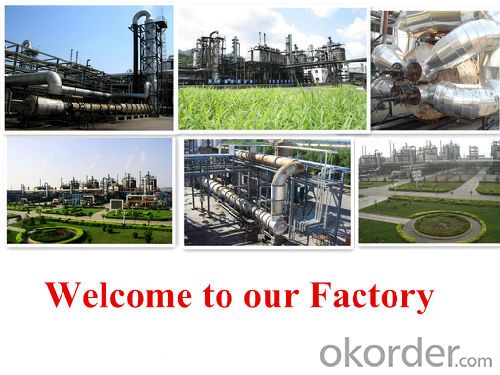


4.Pine Oil Specification
Item | 50% | 65% | 70% | 85% |
Appearance | Slight-yellowish or brown-yellowish oil-shape liquid. | |||
Color and state( Max). | 6 | 6 | 6 | 6 |
Content of water (Max). | 0.7 | 0.7 | 0.7 | 0.7 |
Total acid value (Min) | 50 | 65 | 70 | 85 |
Gravity | 0.866 | 0.90-0.92 | 0.90-0.92 | 0.92-0.94 |
Distillation range(°C) | 168-230°C | 170-225°C | 170-225°C | 190-225°C |
Impurities(MAX) | 0.5% | 0.5% | 0.5% | 0.5% |
PH value | 5-7 | 5-7 | 5-7 | 5-7 |
Impurity( Max). | 0.5 | 0.5 | 0.3 | 0.3 |
5.FAQ
1)How many tons does your factory can supply each moth?
30000tons/month
2)How to quarantee the quality of the products?
you can arrange SGS&BV or other quality inspection.
3)How many days you need to pepare the cargo after we made the order?
- Q:what is the function of the organic part of bone matrix?of the inorganic part(bone salts)?
- For the best answers, search on this site www.okorder You're a riot, I swear. It amazes me how many people completely miss your plays on words. I'd stick with the "in" organic food. You know, the really trendy stuff like chai tea. Stay away from old, tired standbys like pizza and hamburgers. Macaroni and cheese, though, is like the tuxedo or the little black dress. It never goes out of style.
- Q:Why vegetables and fruits contain rich inorganic salts
- Because they are plants! From the biological point of view, they are the nature of the organic matter into inorganic salt carrier
- Q:What is the use of inorganic salts and organic salts?
- The organics are compounds containing carbon, and the inorganic salts are salts containing no carbon. For example, we usually eat sugar is organic matter, salt is inorganic salt.
- Q:Nutritional characteristics of carbohydrates and inorganic salts in vegetables
- Carbohydrates include sugars, starches, cellulose and pectin substances. Its species and quantity, because of the types of food and varieties are very different.
- Q:After a lot of sweating, the amount of drink with inorganic salt drink right?
- It is best to drink this kind of drink, which contains sodium and potassium, and when the body after a lot of exercise will consume a lot of potassium, leaving the body feel weak, this drink can quickly add the body Electrolyte, need to note that before the exercise 1-2 hours, during exercise and after exercise have to drink
- Q:What are the effects of water, inorganic salts, carbohydrates, proteins, fats and vitamins?
- The main physiological functions of water: 1. The main components of cells and body fluids. 2. To help the body digestion, absorption, circulation and excretion and other physiological effects. 3. Maintain and regulate body temperature. 4. Water is a lubricant for body, joints and muscles.
- Q:What is inorganic salt? Lemon flavor, citric acid, is it an inorganic salt?
- Although the inorganic salt in the cell, the body content is very low, but the effect is very large, if the attention of diet diversification, eat less animal fat, eat brown rice, corn and other coarse grains, do not eat too much refined flour, Salt to maintain the normal level of citric acid is an important organic acid, also known as citric acid, no ...
- Q:What is the risk of low inorganic salt?
- Phosphorus into the body of phosphorus containing 750-800mg about 1% of body weight, mineral weight of 1/4. Of which 87.6% in the form of hydroxyapatite bone salt stored in the bones and teeth, 10% with protein, fat, sugar and other organic matter combined constitute soft tissue, the rest distributed in the muscle, skin, nerve tissue and other tissues and membranes Of the ingredients. Function Phosphorus is present in every cell of the human body, which is indispensable for bone growth, tooth development, renal function and nerve conduction. Phosphorus is a component of nucleic acids, phospholipids and certain enzymes, which promotes growth and tissue repair. It helps carbohydrate fat and protein utilization, regulates glycogen breakdown, and participates in energy metabolism. Phospholipids are the major components of the cell membrane, which are related to the permeability of the membrane. Phosphate can regulate the metabolism of vitamin D, to maintain the stability of calcium within the environment. Lack of disease phosphorus deficiency when the mental confusion, cranial nerve palsy, transport disorders, muscle weakness, hypothyroidism, anorexia, joint stiffness, abnormal blood, urinary calcium increased. Typical cases hyperphosphatemia, renal dysfunction, or hypoparathyroidism and hypothyroidism and other endocrine diseases can also occur. Too many symptoms nerve excitement, tetany and convulsions. The physiological requirement of phosphorus is 12.3mg / kg / d. Calcium / phosphorus ratio in the 2: 1-1: 2 appropriate range. Food sources food in the meat, fish, milk, beans and hard shells and other phosphorus more.
- Q:For example, sulfates can emit SO2 or SO3 gas. If this were to occur in this experiment, would the % H2O calculated from the data be too high or too low? Explain.
- the respond could marvel you.eating water is 0.5 of the equation to hydrate my physique. The human physique is already 70% water so why are you dehydrated? The cells have not got get entry to to the water that's already there. i choose macro and micro minerals(electrolytes) to end the hydration technique on the cellular point. Electrolytes are to blame for each function in the physique and are what activate a cellular to take up water and meals. maximum diets are undesirable in mineral content textile. consume a healthful weight loss application at the start. minimize the junk meals on account that too lots salt can quite dehydrate extra with the help of drawing water out of the cellular. additionally supplement. There are some good hydration products obtainable yet i admire Hydra-Blast overall performance spray. Its the quickest and least confusing thank you to hydrate on the cellular point and works great.
- Q:Think about the physical and chemical properties of salt and sugar. What properties do these substances have in common? Describe which properties you could use to distinguish between them. What properties and units would you use to describe their physical and chemical characteristics? List as many as you can.
- Salt: inorganic, ionic bond, soluble in water (ionizes); forms a crystal lattice structure as a solid. Sugar: organic compound, mostly covalent bonds, also soluble in water but does not ionize, can be burned, tastes good (just kidding).
1. Manufacturer Overview |
|
|---|---|
| Location | |
| Year Established | |
| Annual Output Value | |
| Main Markets | |
| Company Certifications | |
2. Manufacturer Certificates |
|
|---|---|
| a) Certification Name | |
| Range | |
| Reference | |
| Validity Period | |
3. Manufacturer Capability |
|
|---|---|
| a)Trade Capacity | |
| Nearest Port | |
| Export Percentage | |
| No.of Employees in Trade Department | |
| Language Spoken: | |
| b)Factory Information | |
| Factory Size: | |
| No. of Production Lines | |
| Contract Manufacturing | |
| Product Price Range | |
Send your message to us
Pine Oil with High Quality and Best Offer and Fast Delivery
- Loading Port:
- Shanghai
- Payment Terms:
- TT or LC
- Min Order Qty:
- 17.6
- Supply Capability:
- 3000 m.t./month
OKorder Service Pledge
OKorder Financial Service
Similar products
New products
Hot products
Hot Searches




